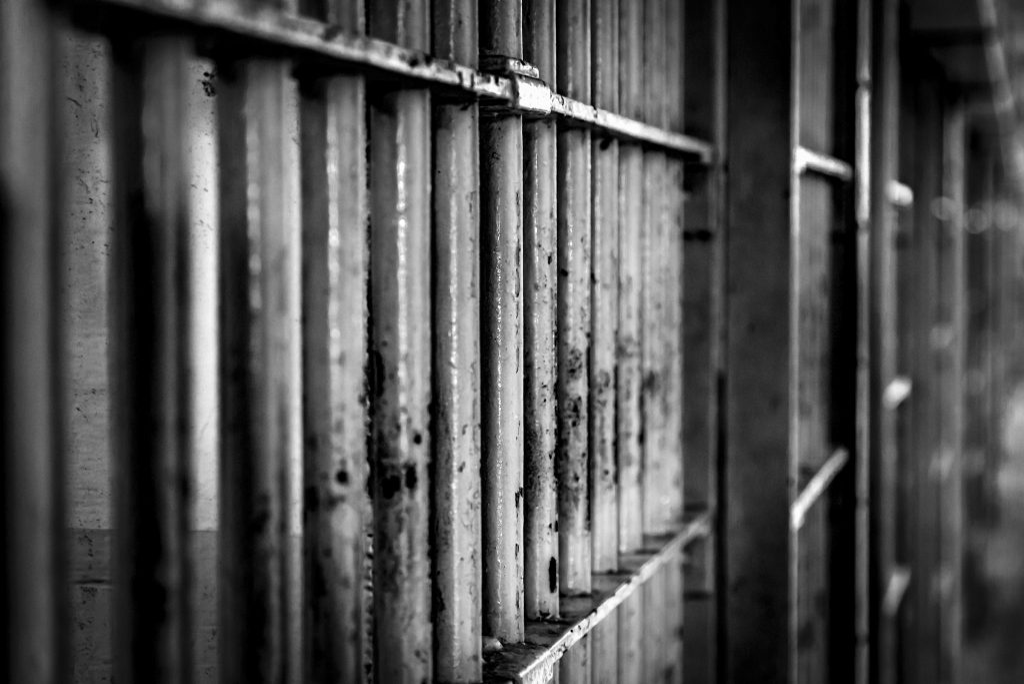 Can the Reverse Mass Incarceration Act singlehandedly reduce both crime AND incarceration rates in the United States?
Can the Reverse Mass Incarceration Act singlehandedly reduce both crime AND incarceration rates in the United States?
The bill was introduced in the House in early October by Rep. Tony Cárdenas of California, following its introduction in the Senate by Senators Cory Booker and Richard Blumenthal. The bill would send federal funds to states that reduce crime and incarceration together.
Since the passage of the 1994 Violent Crime Control and Law Enforcement Act, commonly known as the 1994 Crime Act, the federal government has provided grants to states and cities to fight the War on Drugs and other anti-crime initiatives. Because states and cities want this money, they are often willing to change policy, hence the construction of tons of prisons and the lengthening of jail sentences shortly following the 1994 Crime Act. The Reverse Mass Incarceration Act ostensibly seeks to turn this on its head by offering $20 billion over 10 years to states that cut their prison populations by 7 percent every three years and keep crime rates low.
Under the Act, states would have freedom to decide how to go about reducing crime and incarceration. The bill’s supporters say that if enacted, the Act could reduce prison populations by 20 percent over 10 years.
Is it possible to reduce crime while also lowering incarceration rates? It has worked before, in several diverse states – New York, New Jersey, California, Colorado, Mississippi, South Carolina, Texas and more. Will the bill pass? We will keep you updated.







